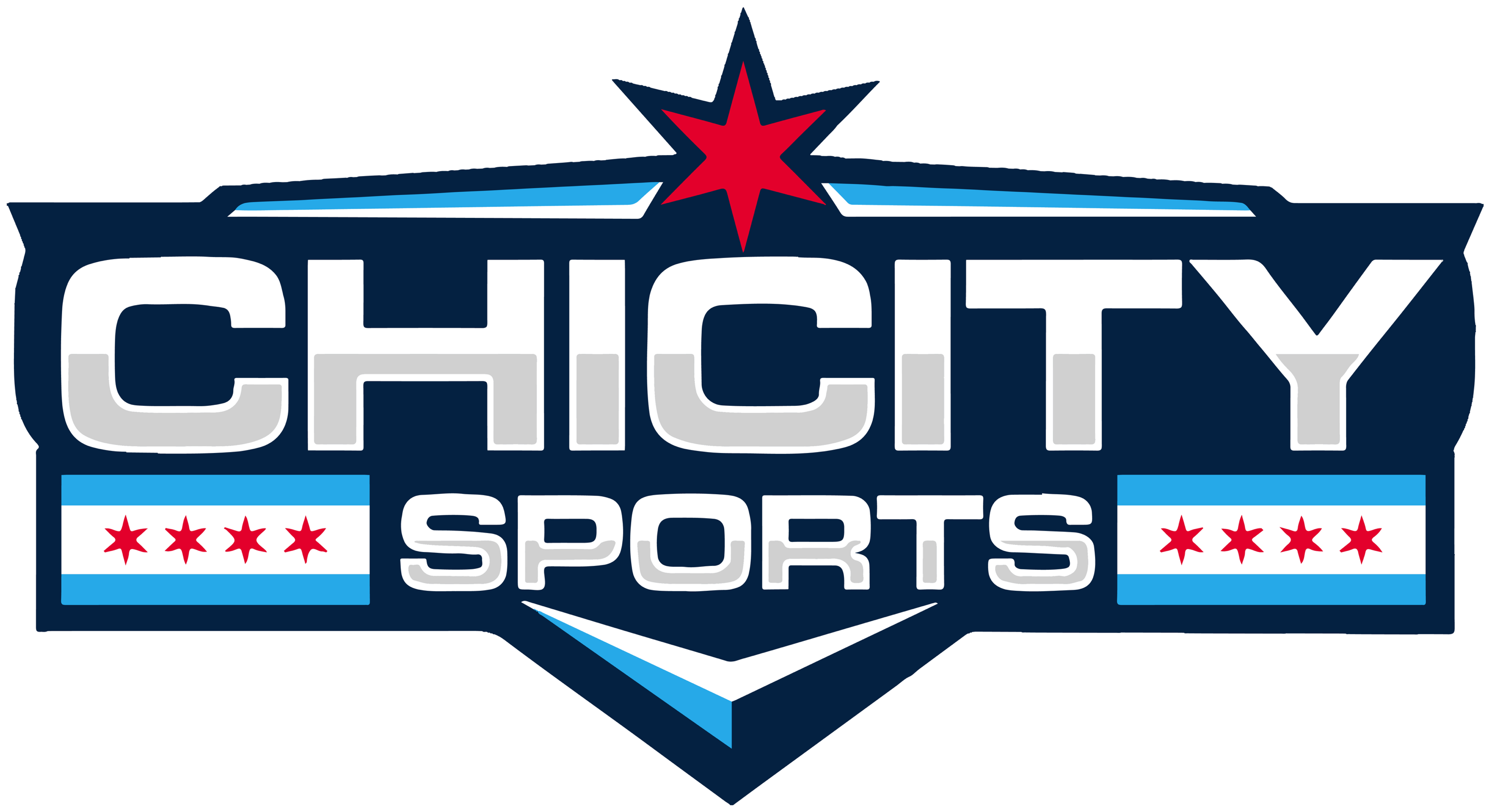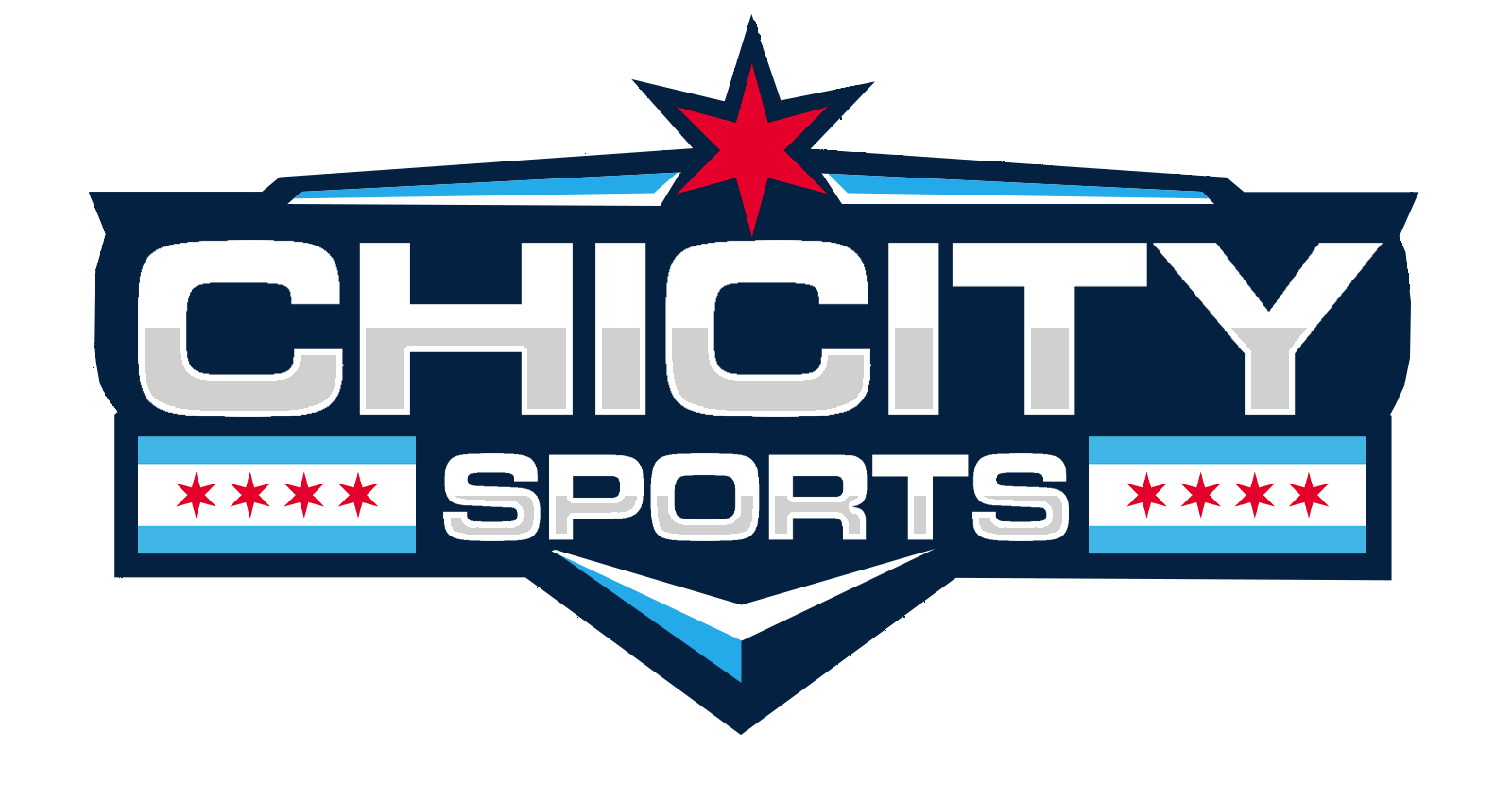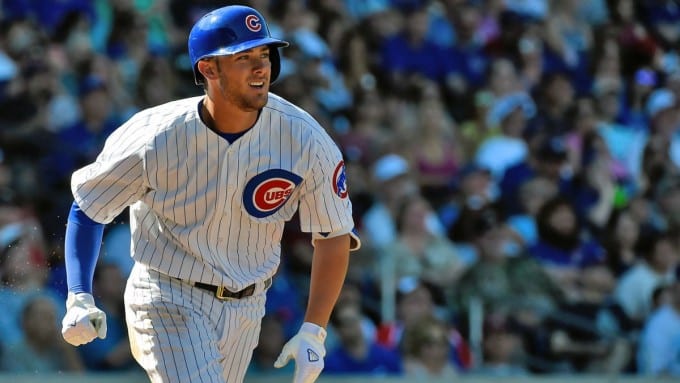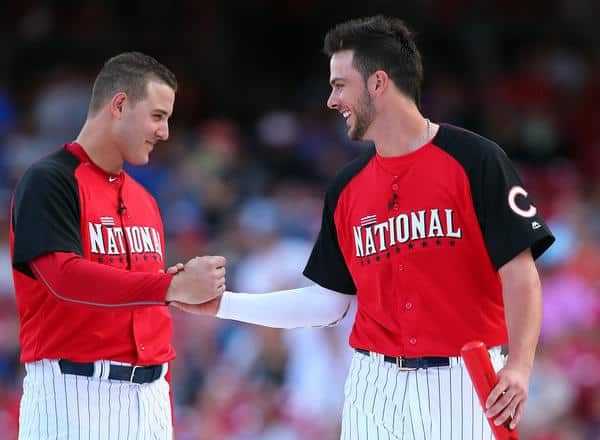The Chicago Cubs’ 47-40 first half record speaks to the overall quality of this team, though fortune has slightly scorned them by having them in the NL Central –a magical land where the St. Louis Cardinals and Pittsburgh Pirates play, those who rarely lose unless it’s to one another.
The Cubs have received some great starting pitching so far this season (which we talked about previously), and were it not for that pitching, the Cubs would assuredly be much worse off because their offense has been dismal, especially over the last month or so.
With that, let’s look at the numbers.
Offense: C-
Seeing inconsistent stretches from the Cubs offense isn’t the least bit shocking. They’re exceptionally young in many key areas (Anthony Rizzo, Starlin Castro, Kris Bryant, Jorge Soler, Addison Russell are all 25 and under), and are loaded with several strikeout-prone bats.
What this boils down to is that, because of their high strikeout rate (24.1% –29th in the majors), this team needs to slug to be explosive, which they haven’t been. The Cubs are 25th in slugging percentage (.374). The five teams below them –Atlanta Braves, San Diego Padres, Philadelphia Phillies, New York Mets, Chicago White Sox — have a combined record of 200-245. The only team above .500 is the Mets (47-42), and they, like the Cubs, are enjoying some of the league’s best pitching. In short, the numbers suggest the Cubs continuing to slug so poorly will bite them across the second half.
The offense has had its unquestionable bright spots. Anthony Rizzo, despite a slight downturn the last few weeks (he hit just .250 over the last month), has had a sensational first half. Kris Bryant looks every bit the player he was touted to be, and when it comes to players like Bryant, Jorge Soler, and Addison Russell, it’s hard not to become giddy with excitement when you recall how much growth they should theoretically have in them.
Those bright spots have been balanced with some disappointing ones. Starlin Castro, even with his knack for hitting game-winning hits, has had a semi-disastrous season. He’s hitting just .247, has a paltry .283 OBP, and has continued to make routine errors at shortstop –15 of them, the same number he had all of 2014.
The last month has been particularly egregious when it comes to offense for the Cubs. The two weeks before the break, the Cubs were hitting a depressing .205 collectively, and were slugging an equally-depressing .296. They had just 23 extra base hits in their last 13 games. The fact that they went 8-5 in those 13 games speaks to the ludicrously good pitching the team enjoyed across the same stretch.
The issue of slugging is compounded by the Cubs’ performance with runners in scoring position, which is 26th in the majors with just a .229 batting average. However, they also walk more than any other team with RISP (113 times), and are 3rd in the league in total walks. The more the evidence builds, the more it points to how explosive this unit could be if they could turn a few of those singles into doubles.
Stolen bases are another wrinkle to this club. But while the Cubs are 7th in stolen bases (57), they only had six all of June. They look to be turning that around with eight across the first two weeks of July, but it still doesn’t feel like the offense is as dynamic on the basepaths as they were early on.
The Cubs could use a bench upgrade, which would be surprising to not see them address this around the deadline. Jonathan Herrera has done admirably well, but when coupled with Mike Baxter, David Ross (or Taylor Teagarden), Matt Szczur, or Junior Lake, you aren’t exactly hoping for a late-game, pinch-hit RBI chance.
The one angle that saves the grade outside of a few standout individual performances is the team’s general patience. All of the accumulated walks suggest some veteran approaches by several players under 25, which is key for the long term. Many of these players don’t routinely chase bad pitches; they’re missing pitches in the strike zone (they are 28th in contact percentage on balls in the strike zone, but are 7th in percentage of pitches swung at outside the strike zone). Though that brings with it its own set of modest concerns, those concerns aren’t nearly as bad as if they were chasing pitches all over the place.
Everyone knew the Cubs were going to strike out a lot, and the patience is generally even a little better than anticipated. The Cubs need to either lower the strikeout percentage, or raise their slugging percentage. You can deal with one or the other. If they continue to entertain both, all it will take is a struggling rotation for a couple of weeks to make a disaster out of the second half.
But as the young players mature, it becomes increasingly difficult to believe the slugging isn’t lurking in there somewhere.
The good news is that the Cubs have survived the offensive downturn with that 47-40 record. If it trends upward, they might be even better than we hope they are.
Brian Davis is a writer and musician from Peoria, IL. He writes books, songs, and aside from ChiCity Sports, has contributed to Yahoo Sports, Yahoo Music, and several music blogs. Follow Brian on Twitter @brianjdavis87
For More Great Chicago Sports Content
Get the latest Chicago sports news, analysis, and breaking stories on the Bears, Bulls, Blackhawks, Cubs, White Sox, Sky, and more! Tap the star to add us to your favorites on Google News, so you never miss a story on your favorite Chicago teams.
Follow us on Twitter at @chicitysports23 for more great content. We appreciate you taking time to read our articles. To interact more with our community and keep up to date on the latest in Chicago sports news, JOIN OUR FREE FACEBOOK GROUP by CLICKING HERE




